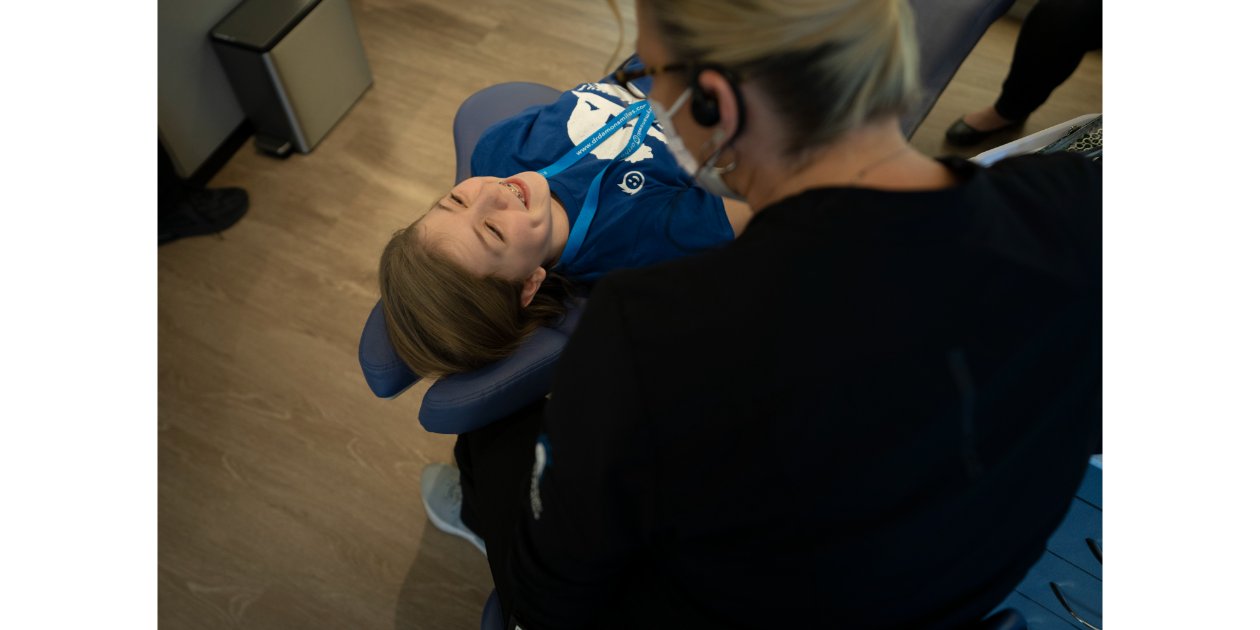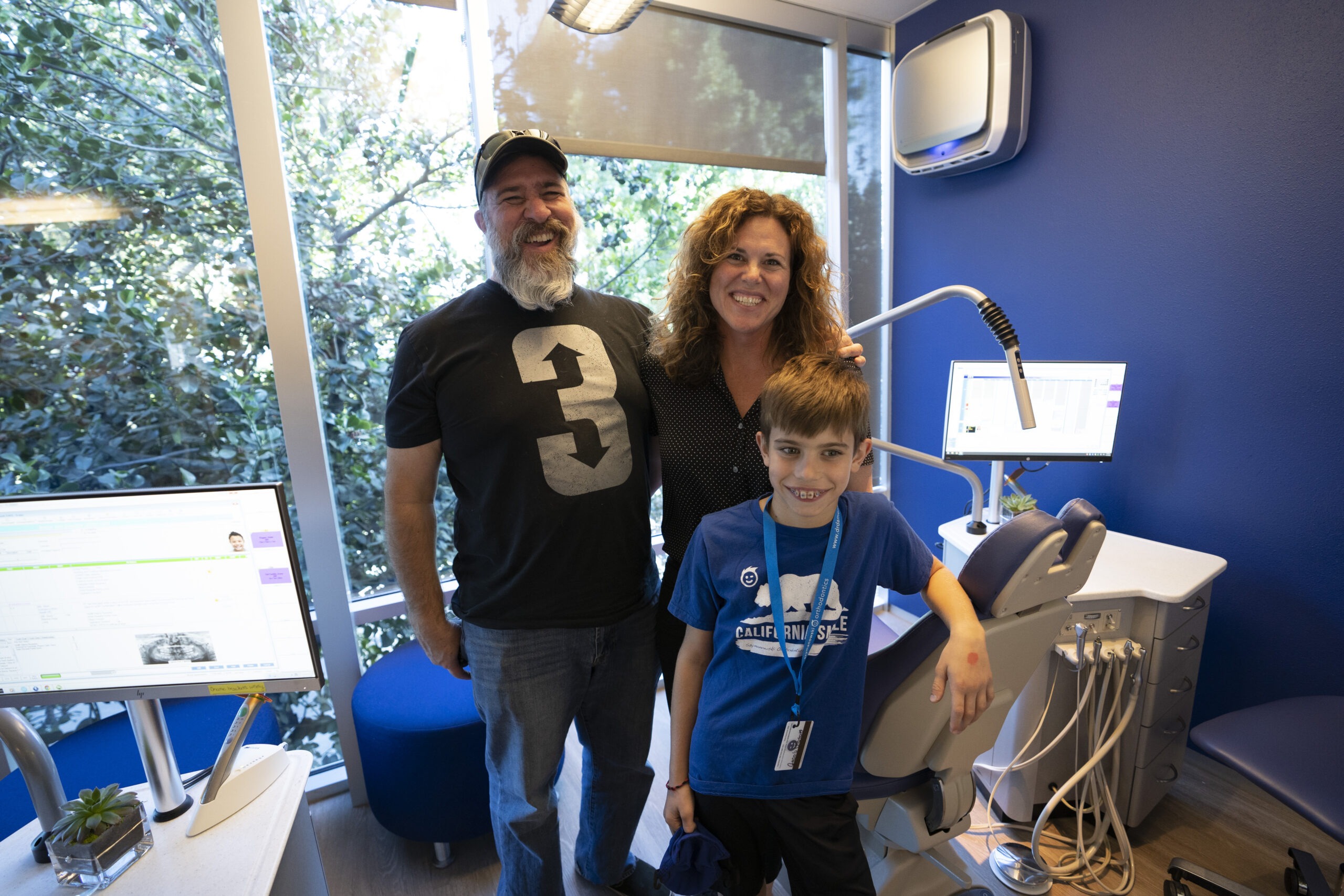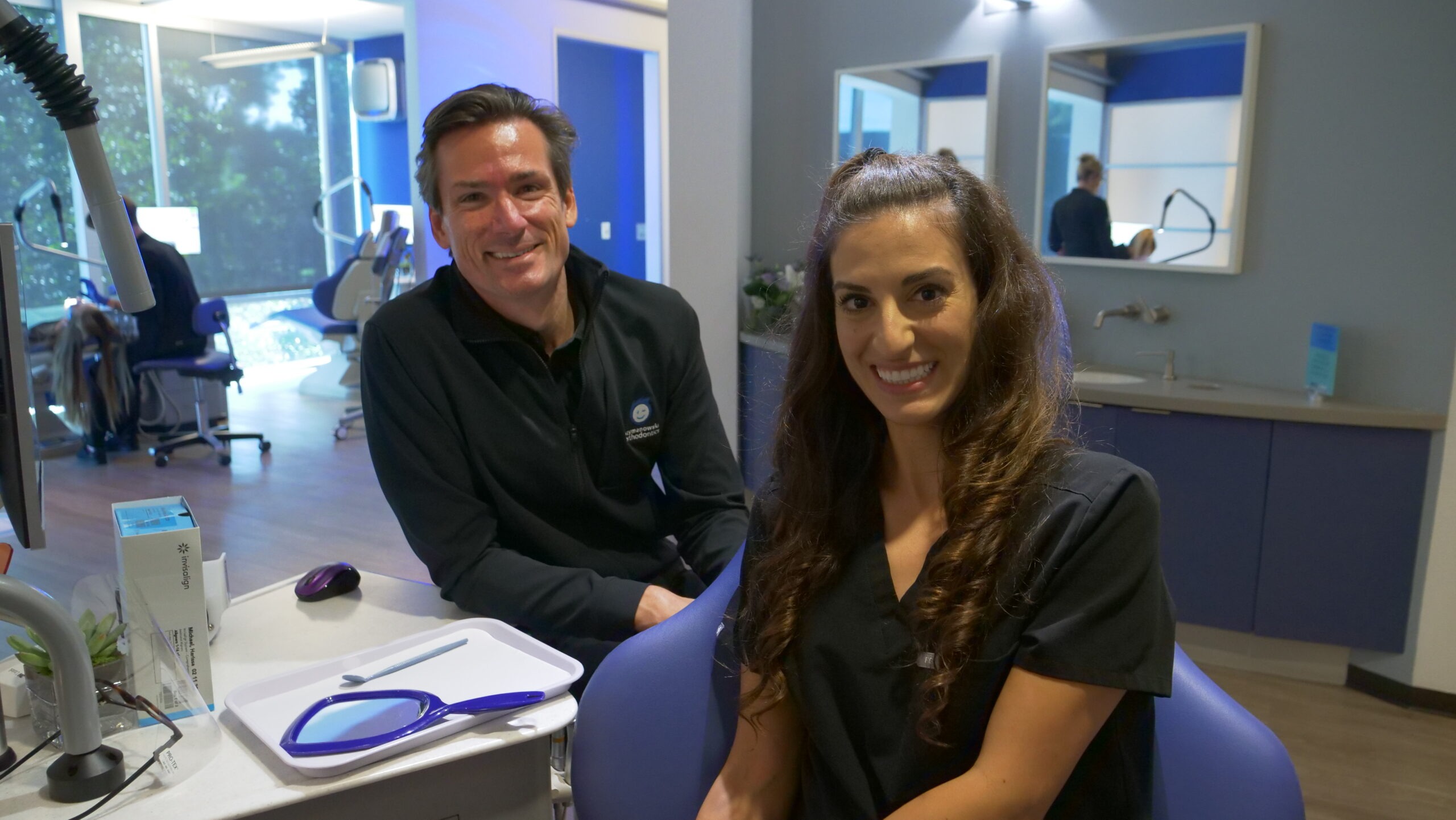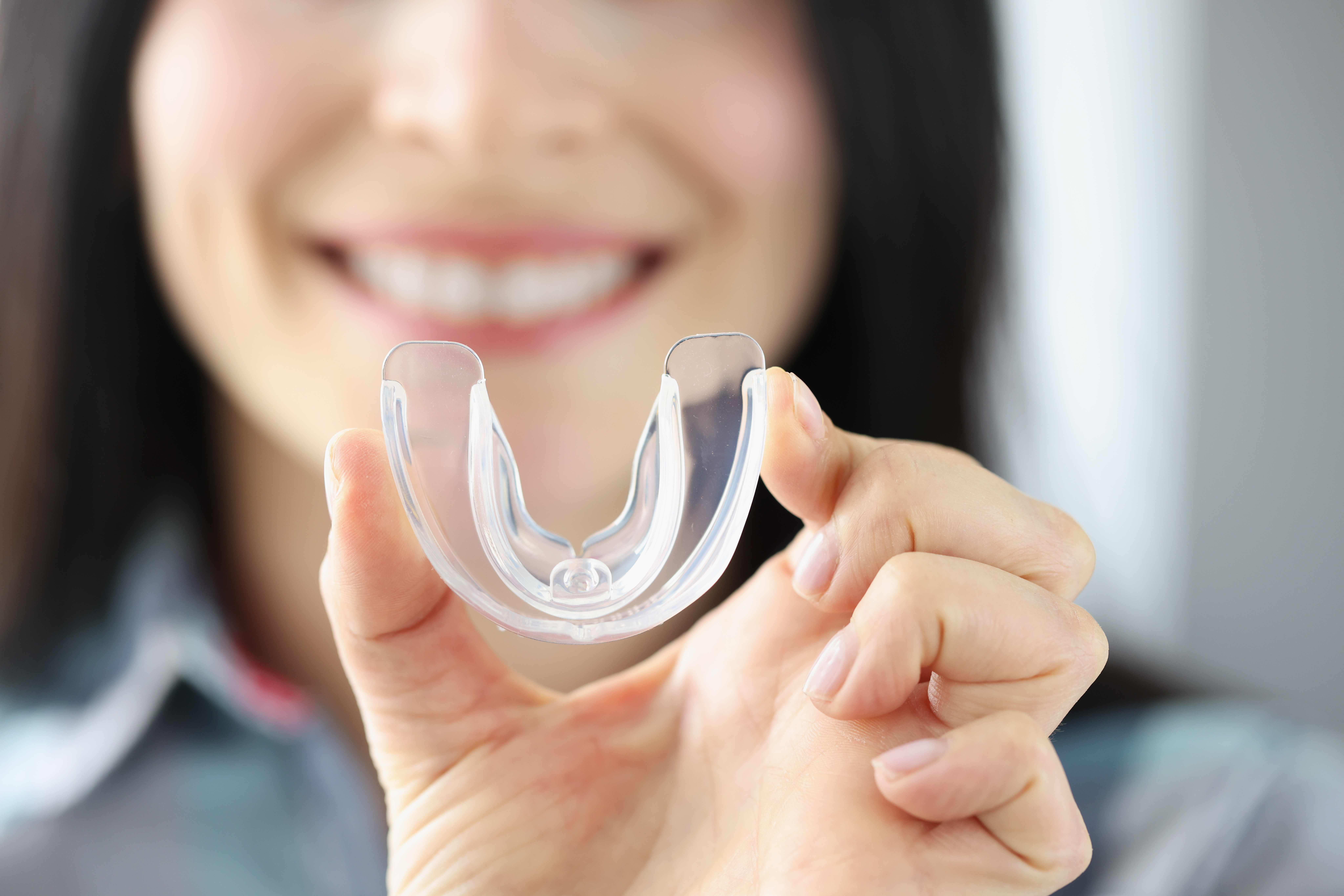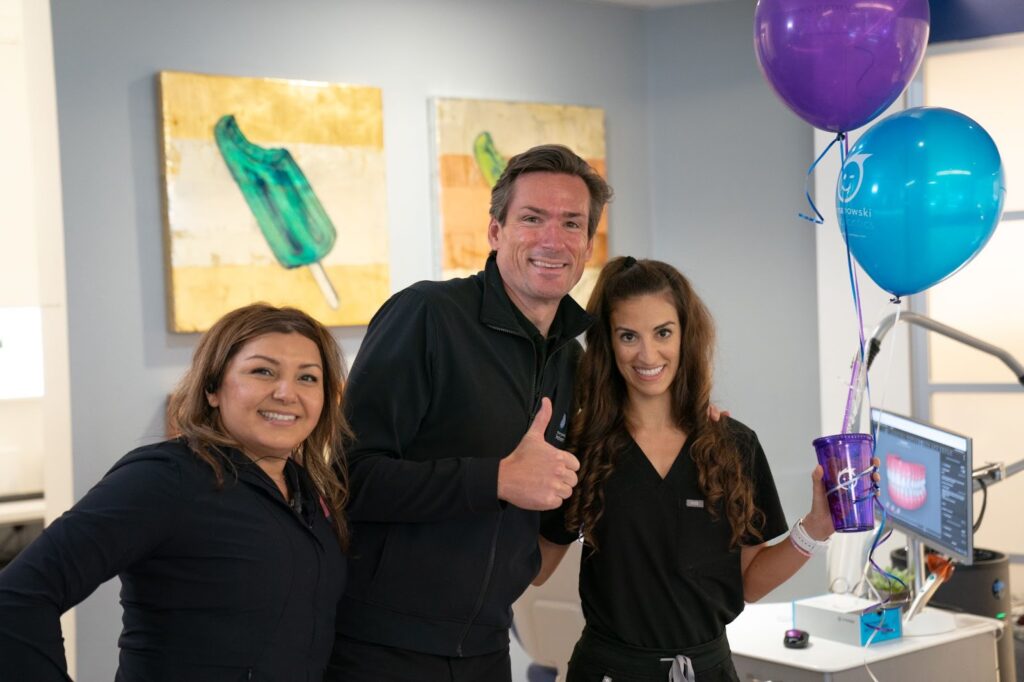At Szymanowksi Orthodontics, Dr. Damon and the team have been making Sactown smiles for a while now, and we believe in keeping you in the know, in and out of the office. If you’ve got clear aligners, chances are you might be interested in a few tips to maintain that bright smile! So read on, and let’s find out!
The Basics of Clear Aligner Care
Maintaining your clear aligners is the easiest way to ensure that you end up with a stunning, healthy smile. Proper care of your aligners doesn’t just ensure their effectiveness but also maintains your overall oral health. Let’s dive into the essential practices for clear aligner maintenance, as recommended by Dr. Damon.
Daily Cleaning Routine
Orthodontic aligner cleaning is crucial for preventing the buildup of bacteria and plaque, which can lead to bad breath and tooth decay. Clear aligner care is all about developing a daily cleaning routine that becomes as natural as brushing your teeth. Here are some bright smile tips to ensure your aligners stay pristine and odor-free:
- Morning and Evening Care: Start and end your day by gently brushing your aligners with a soft-bristled toothbrush and a mild, non-abrasive soap. This removes any plaque or bacteria that may have accumulated overnight or throughout the day. Rinse them thoroughly under lukewarm water to avoid warping the material.
- After Meals: Always rinse your aligners with water after eating and before putting them back in your mouth. This practice helps remove any food particles and prevents staining. Remember, maintaining a clean environment for your aligners is essential for a bright, healthy smile.
Incorporating these simple steps into your daily routine ensures your clear aligners work effectively while keeping your smile bright and healthy.
Proper Storage Practices
When you’re not wearing your clear aligners, storing them properly is just as important as keeping them clean. Proper storage protects your aligners from damage and contamination, ensuring they remain in optimal condition for the duration of your treatment.
- Use the Case: Always store your aligners in the protective case provided by Szymanowski Orthodontics. This prevents exposure to bacteria and reduces the risk of losing them. Make it a habit to carry your case with you, ensuring your aligners have a safe place when you’re eating or drinking outside.
- Keep Them Away from Heat and Direct Sunlight: Extreme temperatures can warp your aligners, affecting their fit and effectiveness. Always keep them in a cool, dry place to maintain their shape and function.
By following these storage guidelines, you can protect your investment and ensure your clear aligner care progresses smoothly.
Eating and Drinking Guidelines
One of the best things about clear aligners is the ability to eat and drink without restrictions. However, to maintain your aligners and ensure they remain invisible and effective, there are some guidelines you should follow:
- Remove Before Eating: Always take out your aligners before eating or drinking anything other than water. This prevents food particles from getting trapped between your teeth and the aligners, which could lead to cavities or stains.
- Clean Your Teeth Before Reinsertion: After each meal or snack, brush your teeth before putting your aligners back in. This reduces the risk of trapping harmful sugars and acids against your teeth, which can lead to decay.
Follow these eating and drinking guidelines to help maintain your aligner’s integrity and ensure your clear aligner care is as effective as possible, leading to a brighter, healthier smile.

Be Consistent!
A whole lot of treatment comes down to making sure you do the obvious things. That means you want to be sure and wear your aligners, keep your check-ups, and other practical things like that. Let’s take a closer look!
Stick to Your Aligner Schedule
The success of your aligner treatment largely depends on wearing your aligners for the recommended 20-22 hours a day. This consistent wear is crucial for moving your teeth into their correct positions smoothly and efficiently. It’s normal to face a bit of discomfort when switching to a new set of aligners, but this usually subsides within a few days. Remember, every hour counts, and sticking to your schedule accelerates your journey to a brighter smile.
Embrace Regular Check-ups
Regular appointments with Szymanowski Orthodontics are more than just routine check-ups; they’re a cornerstone of your treatment’s success. These visits allow Dr. Damon to monitor your progress, make any necessary adjustments, and ensure that your treatment is on track. They also provide an opportunity for you to share your experiences and receive personalized advice, ensuring your treatment journey is tailored to your needs.
Manage Discomfort
It’s common to experience some discomfort with new aligners, but there are effective ways to manage it. Over-the-counter pain relief can help, and if an aligner feels unusually uncomfortable, it might need a quick adjustment. Always feel free to reach out to Szymanowski Orthodontics with any concerns. Your comfort and the effectiveness of your treatment are our top priorities.

Ready to Get Started?
We hope we’ve given you a few tips and tricks for managing your smile with clear aligners. But maybe you still have a question or two? No worries! Dr. Damon loves hearing from our awesome Sactown patients, so just give us a call! And if you’re looking for an experienced, compassionate orthodontic expert for you and your family, our consultations are always free, so visit our Sacramento office today to get started!


